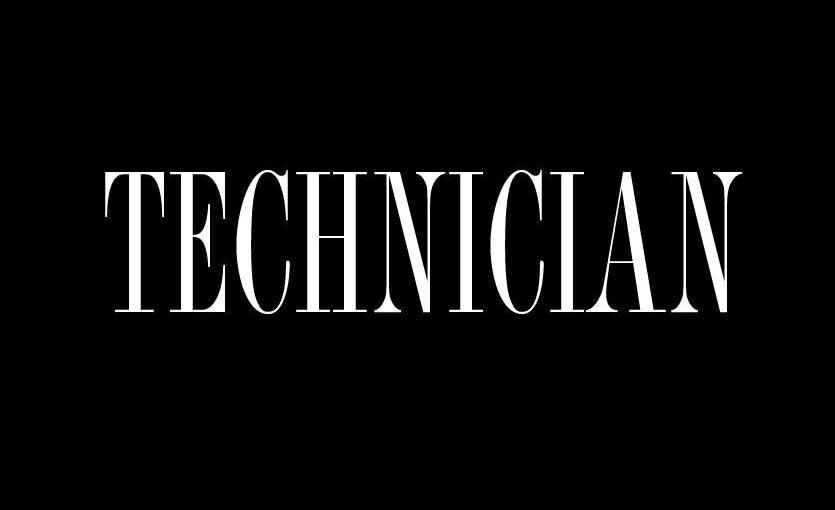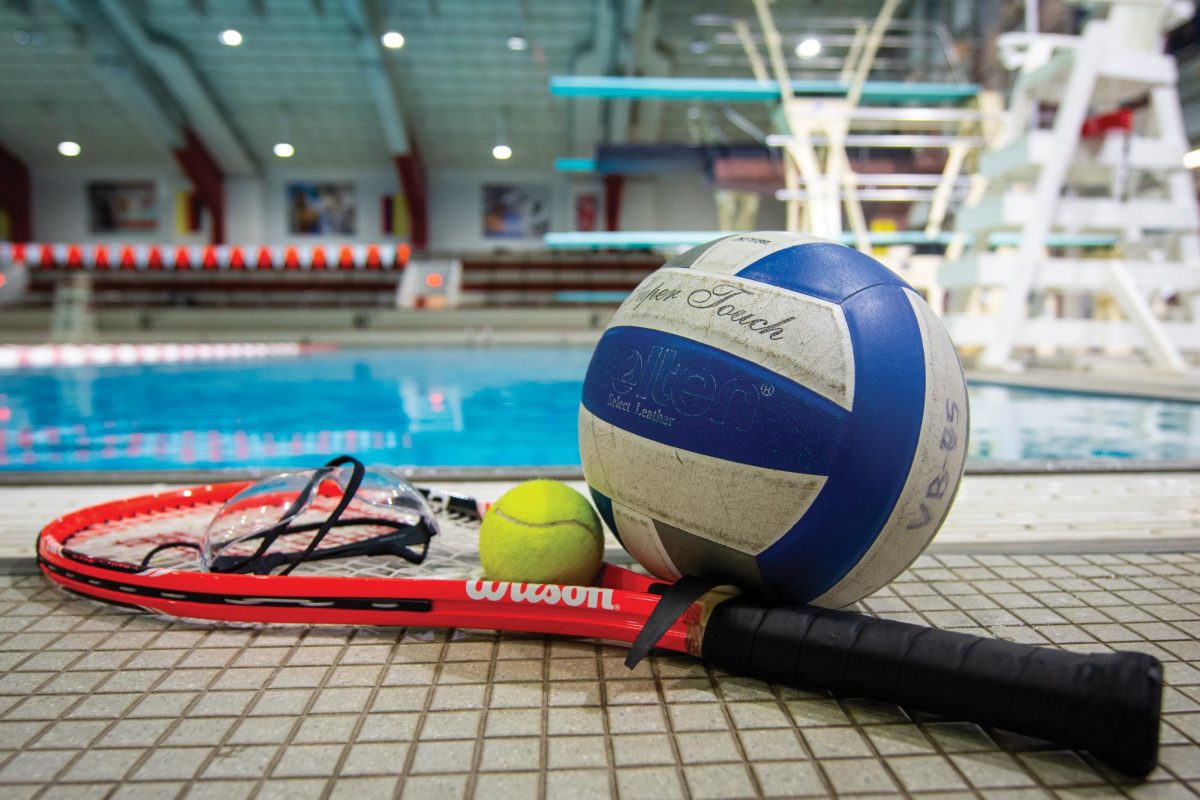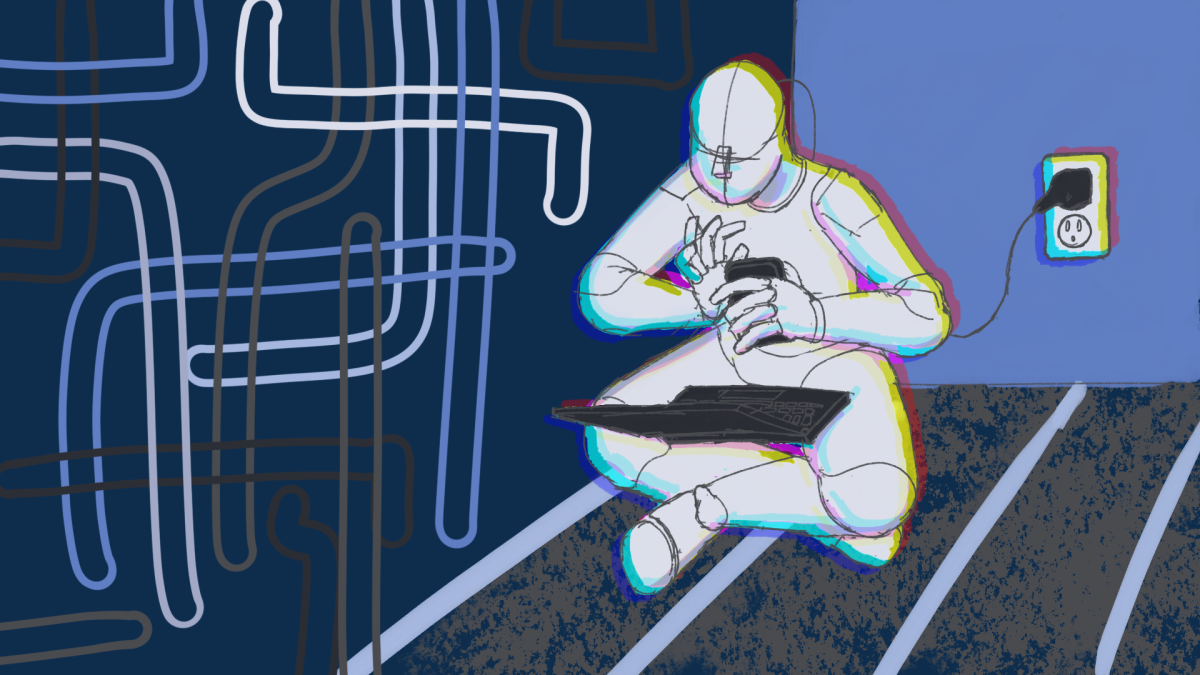Sleep is important. Studies performed by researchers at the University of Pennsylvania found that physical exhaustion, memory loss or lack of retention of new memories, confusion in absorbing new information, disorientation and incoordination are all symptoms of foregoing a good night’s rest. But I don’t have to tell you that. If anyone understands the consequences of pulling an all-nighter, it is the college student. Often past midnight, both D.H. Hill and Hunt libraries are occupied by students studying or finishing last-minute assignments. I hardly think this is a habit that will ever be broken by most of us who are often offenders, so instead I suggest the idea of a siesta.
The term is familiar in areas of the world where afternoon temperatures can be uncomfortably warm. It is also heavily associated with Hispanic countries, whose languages the word “siesta” originates from. However, napping is not only reasonable in those places where nobody wants to go outside in the middle of the day. According to SiestaAwareness.org, countries that employ the practice of an afternoon snooze have been shown to have a lower risk for their populations developing heart disease and other coronary-related issues, including high blood pressure, heart attack and stroke. In addition to the physical benefits, they are also rated as being generally happier or more content when compared to similar countries. Here in the United States, our workers are rated as being some of the most productive in the world, but there are also high amounts of reported cases of these and related conditions in most high-stress jobs. This is in no way a commentary on hard work, but rather its taxation on the body.
A power nap is a period of rest lasting anywhere from 10 to 20 minutes. Its purpose is to help those on the groggy side to feel awakened and reenergized. Just a short nap like this can help to keep a person alert and increase performance shortly after waking for up to the next three hours. But a siesta is often a two-hour period. So what does a two-hour period in the afternoon following lunch accomplish? Or to rephrase, why would such a long period of time be necessary? In short, it would be a period of time when a student would not be expected to do any work.
A two-hour period would allow us to take a break to eat and sleep, or otherwise rest and relax and reboot the system. It would also allow time for those in need of a longer period of rest to engage in such. The benefits of a short power nap are increased when a person engages in a longer period of rest. In an article for Natural Society, Elizabeth Renter explained the benefits that come with different napping styles. Renter said 30 minutes of sleep make us more tired than before napping, in an effect called “sleep inertia,” where your body is not yet ready to wake up. However, when engaging in a nap 60 to 90 minutes in length, the body has the time to go through an entire REM sleep cycle. Not only are the effects lengthened beyond a few hours after waking, but REM sleep has been proven to be vital to sustained and improved memory functions, as noted by the University of Pennsylvania researchers, making it very important for those about to take midterms or finals. Even if a person chooses not to sleep, they would still be encouraged to relax and breathe away from the stress of a formidable workload. Overall, implementing a siesta into the schedule could result in a happier, healthier and more afternoon-productive student body.





